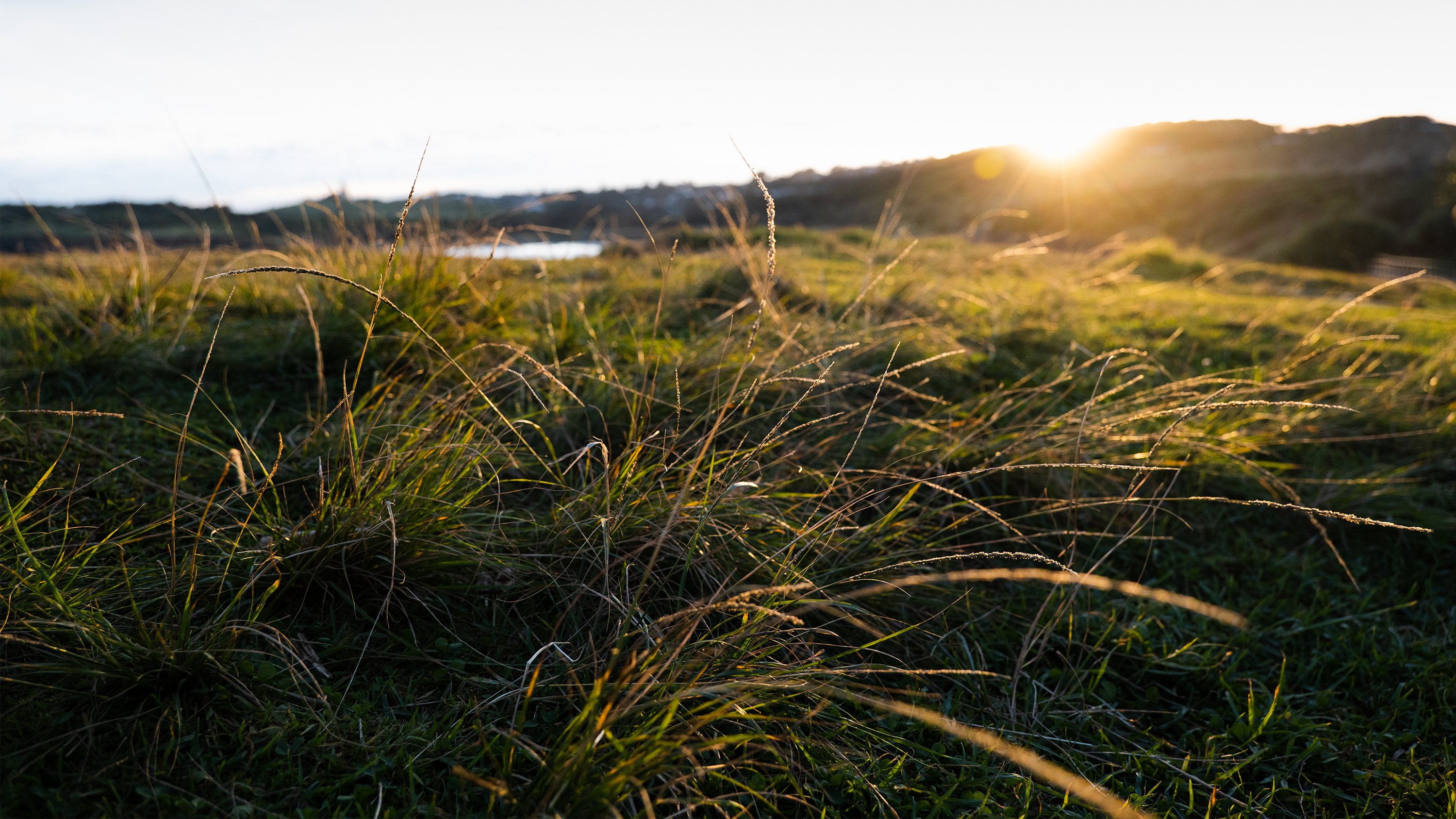Forecasts for Friday
| Location | Forecast | Temperature MinMax | Rain ChanceAmount | Frost Risk | UV | Wind 9 am3 pm | Relative Humidity 9 am3 pm | ||||
|---|---|---|---|---|---|---|---|---|---|---|---|
| Adelaide | 16°C | 31°C | 1.8% | 0.0 mm | Nil | Medium | WSW11.1km/h | WSW21.4km/h | 49.0% | 54.2% | |
| Alice Springs | 26°C | 41°C | 0.0% | 0.0 mm | Nil | Medium | E9.4km/h | E19.1km/h | 19.1% | 22.9% | |
| Brisbane | 22°C | 29°C | 50.1% | 0.1 mm | Nil | Medium | ENE4.3km/h | ENE10.1km/h | 75.2% | 72.5% | |
| Broome | 29°C | 33°C | 23.2% | 0.1 mm | Nil | Medium | W17.4km/h | W29.0km/h | 76.2% | 75.3% | |
| Cairns | 24°C | 28°C | 74.0% | 0.6 mm | Nil | Medium | SE18.5km/h | SE38.6km/h | 85.8% | 89.8% | |
| Canberra | 23°C | 38°C | 0.0% | 0.0 mm | Nil | Medium | NW18.5km/h | NW28.0km/h | 24.5% | 24.5% | |
| Darwin | 25°C | 30°C | 42.2% | 0.5 mm | Nil | Medium | W8.8km/h | W24.2km/h | 89.8% | 82.3% | |
| Hobart | 15°C | 22°C | 27.2% | 0.0 mm | Nil | Medium | SW8.9km/h | SW23.4km/h | 74.2% | 59.0% | |
| Melbourne | 19°C | 41°C | 27.5% | 0.1 mm | Nil | Medium | W12.7km/h | W28.1km/h | 40.9% | 42.8% | |
| Perth | 15°C | 27°C | 0.0% | 0.0 mm | Nil | Medium | SE10.7km/h | SE21.1km/h | 42.5% | 42.2% | |
| Sydney | 25°C | 33°C | 0.0% | 0.0 mm | Nil | Medium | SSE15.2km/h | SSE28.3km/h | 50.0% | 53.2% | |





